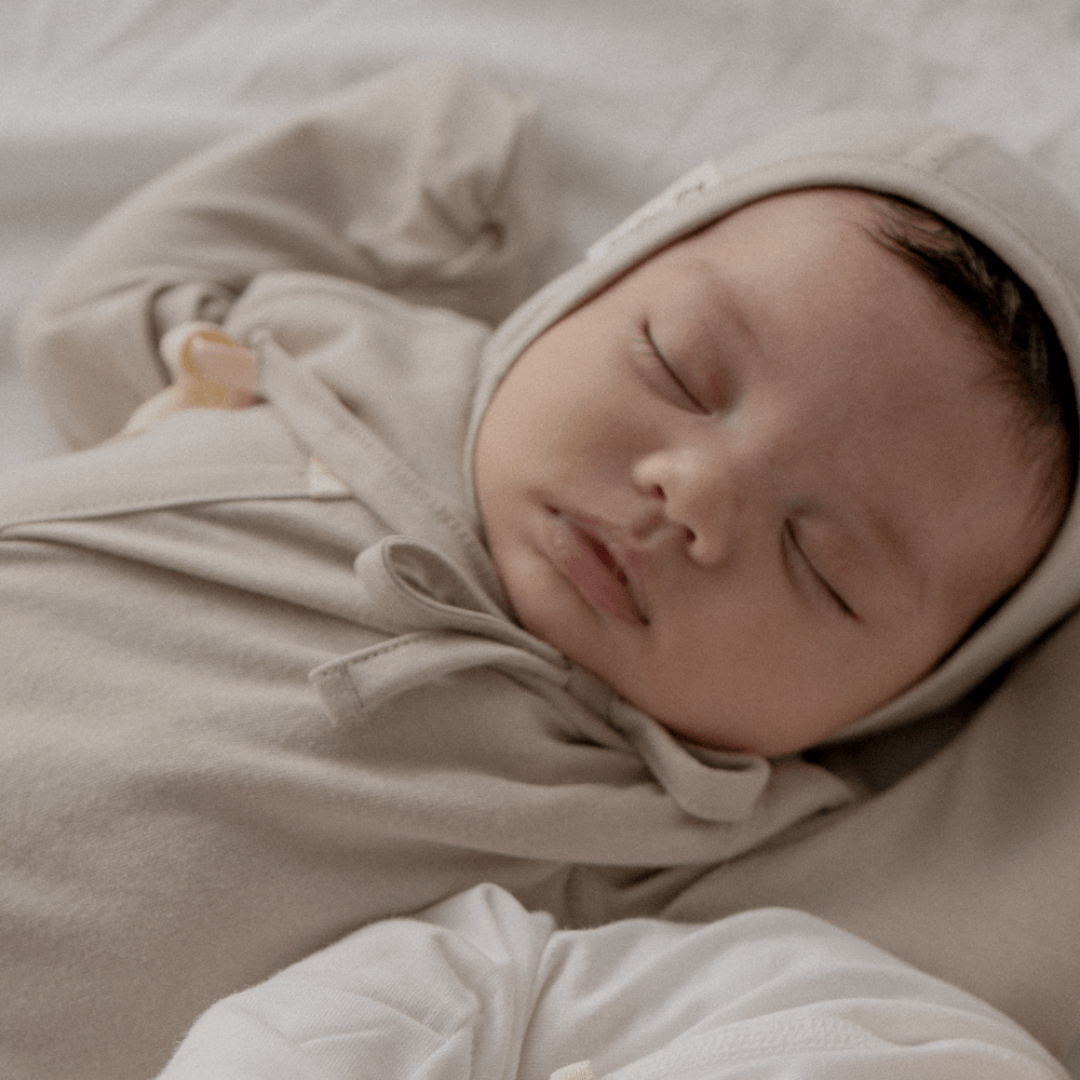Taking a nap for a baby can be just as difficult for them as getting to sleep at night. In particular, since the number of naps a child takes a day continues to decrease until they are a year old, there can be a lot of confusion about this time of change in sleeping and napping patterns. Today, we have compiled some answers to frequently asked questions about the appropriate number of naps for our babies.
Two? Three? I'm curious about the proper number of naps for my baby.
During the newborn period, there is no special pattern. The child will just continue to sleep, wake up, and eat. Until 6 months of age, they usually take three naps a day. Babies 9 to 12 months old take about two naps a day, taking fewer naps the older they are up until the age of 12 months.
By 18 months, most babies only take one nap. By the age of 3 or 4, the number of children skipping naps increases. By the age of five, most children don't take naps.
My baby won't take a nap, can I just skip it?
The answer will vary depending on the age of the child. If your child is under 3 years old, we recommend still making sure that they are taking a nap every day. If your child keeps refusing to take naps, help them relax during those times. While listening to quiet music, engage in static games with your child such as reading a book or playing with dolls. Instead, you should help your child to take their next nap earlier or go to bed earlier at night so that they can get the sleep that a growing baby needs.
My child has been napping for too long, do they need to be woken up?
If your baby naps for more than two hours, wake them up. It may affect their sleep at night. Do not wake them up too harshly, and gently hug or kiss them while gently touching them. It's also a good idea to roll up the curtains to let the sunlight in. Your child will laugh and wake up naturally.
With a child who takes 3 naps, what time should they usually go to bed?
Does your child take 3 naps a day? If so, they are more likely to take their first nap less than two hours after waking up in the morning. The first map should last around 1 to 2 hours. After waking up from nap 1, they should take nap 2 about an hour and a half to two hours later. The timing of the 3rd nap is especially important.

Taking a nap too late can affect your baby’s sleep at night. The last nap should begin before 4 pm. The third nap shouldn’t be longer than an hour. If your child continues to nap late in the afternoon, try moving the overall nap times forward so that their third nap is before 4 pm.
My child sleeps well at night, but naps are very difficult.
Sleeping at night is greatly influenced by our innate temperament, and daytime sleep is greatly influenced by our environment. So, when your baby is taking a nap, pay attention to their surroundings. Make sure the room is not too hot or too humid and consider making sure the lighting is suitably dim using curtains. Your child will need a dark room to sleep well.
It is good to proceed with a light sleep ritual for each nap, just like when you are helping your child go to sleep at night. Choose just a few from the night time sleep rituals and proceed with a shorter sleep ritual. If usually at night as part of their nightly sleep ritual you bathe your child, then you read them a picture book and play the same song, during a naptime sleep ritual you can skip the bath but select the same picture book to read.

Just like you would with your child’s nightly bedtime, make sure that they sleep regularly at the same times during the day. Do not put them to sleep during a hug or breastfeeding, as this can create poor sleep associations that stop your baby from getting to sleep without you there.
How do I know when my child isn’t napping enough?
Some children naturally take fewer naps early in life, and some children take three naps a day until they are quite old. You can determine the number of naps your child needs based on their condition throughout the day and how tired they seem with the current level of sleep they’re getting. It's not unusual for a child to require fewer naps a day early. Usually, after 6 months of age, the baby's naps are reduced from 3 to 2 naps a day.
After nearing a year of age, the preferred number of naps a day changes to about one nap. What if the child at this time is not tired at all when they usually have their daily nap?
Try delaying the usual nap time off for 30 minutes and then let them rest afterwards. From this point on, the number of naps your child needs will gradually decrease.
---------------------------------------------------
Author: Eun-Kyung Beom, Pediatrician
- Baby Sleep Education Expert
- Director of Baby Sleep Research Institute
- Formerly Director of Gwangju Central Children's Hospital








